These days there seems to be plenty of food around, but it isn’t what I’d call real food, nor even food for that matter. The kind of food I’m talking about, which is most often found on our supermarkets & junk food “restaurants” can be thought of “edible food-like substances”, to quote Michael Pollan.
Edible food-like substances are food items which appear to look and taste like food, but really are adulterated, processed and all-round not that great for us. How can we tell what’s real and what are the imposters? First, read your food labels (and I don’t mean just the nutrition labels, read the ingredient labels!). The ingredient labels on food can tell us so much more about what is in the food and what makes up the food. Get a little book called the Chemical Maze, this will help you decipher the real ingredients from the ones to avoid.
What is real food? It’s nutritious, food that will feed our bodies. It doesn’t contain nondescript ingredients. Food our great, great grandmothers would recognize. Real food is whole. It’s fresh and healthy. It doesn’t come in a packet. It’s not made in a lab. It tastes and looks real. It comes from healthy animals and healthy plants. It’s stored well and kept well and for not too long before getting to our tables. It eventually goes off. It’s sustainable.
What did our ancestors eat? They ate real food. Food as close to nature as possible. Whole foods. They made their own food because it was an important part of their life, it fuelled their bodies and kept them well. Food native to their region. Seasonal food. They also took time to enjoy food (much less snacks and convenience food in times gone by) when possible and appreciated it (food wasn’t always so abundant as it is now). Food that wasn’t always saturated in “artificial anythings” and chemicals to prevent microbes from eating it. Even looking in Australian cookbooks from the 1950’s shows that we Aussies were eating real foods back then! (see pics below).
In these cookbooks typical ingredients you would see are:
- organ meats (brains, kidneys, liver etc.)
- suet
- bacon
- vegetables
- fruits (native & otherwise)
- eggs
- legumes
- rice
- tapioca
- butter
Sure, they did use flour and sweeteners (sugar, honey) but their sugar consumption was not as high and refined as it is today (no HFCS/corn syrup). Data from 2001 & 2004, “seems to suggest that Americans consume on average 355 calories, or more than 22 teaspoons, of sugar a day”. I’m sure Australian consumption of sugar was at similar figures to those in 2001 & 2004, especially because Australian sugar consumption has been noted to be higher than the US and European countries.
Though, it’s not like they didn’t know sugar was bad for them. According to James Hart in Klinike (a medical treatises) of 1633, “the immoderate use of sugar, as also of sweet confections, and sugar-plums, heateth the blood, engendreth obstructions, cachexias, consumptions, rotteth the teeth, making them look black; and withal, causeth many times of loathsome stinking breath…”, (as quoted by Harold McGee in ‘On Food and Cooking’ (1997)).
Why don’t we eat real food? Often it’s a time factor, we’re too busy. Sometimes because we just don’t cook our own food. (As a side note: Cooking is great! A little bit of incidental exercise and you’ve got yourself a delicious fresh home-cooked meal! Try using these tricks to cut down on cooking and enjoying life more). But there are so many benefits to cooking your own meals. It can also be because we are relying a little too much on pre-packaged foods (they are convenient for a reason).
What can we do about this? Find real food, learn to cook, make the time to cook and eat it, enjoy & be healthy! Do what you can to make real food a part of your life. We owe it to ourselves to nourish our bodies.
Some great tips on budgeting, cooking & shopping (from P.W.M.U Cookery Book, 1958, 11th Impression, Melbourne, Australia ):
- “Keep a record of expenditure;
- Allow a definite percentage of your income for food and live within that amount;
- Do not buy foods which are not in season;
- Shop personally where possible;
- Learn to use the cheaper ends of meat;
- Gain a knowledge of food values and buy foods which include the main food essentials;
- Learn how to conserve the valuable vitamins and mineral salts in the preparation and cooking of foods”.
Where can we get real food?
Good: Skim the perimeter of the supermarket (that’s generally where the freshest food is).
Better: Get your fruit and veggies, and meats, from local green grocers and butchers, respectively.
Best: Buy from organic shops and accredited farmer’s markets, CSAs (Community Supported Agriculture) and Food Connect (see below for resources) and/or grow your own.
Eat Real Food (It’s What Our Ancestors Did).
Resources:
- Food Connect (Adelaide, Sydney, Brisbane)
- Ceres Fair Food (Melbourne)
- Weston A. Price Foundation
- Nourishing Australia

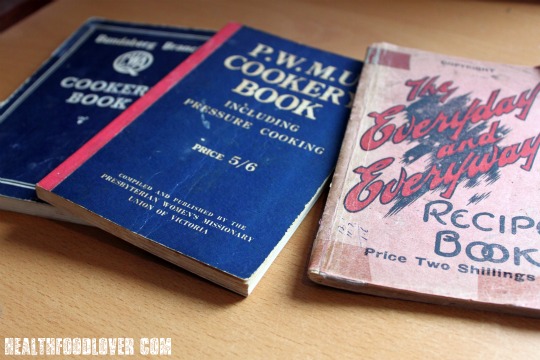
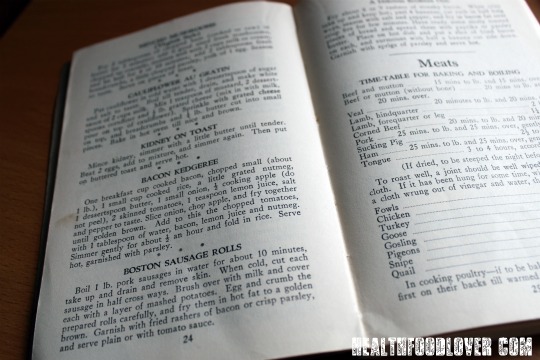





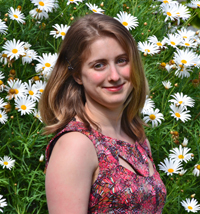
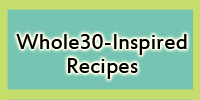
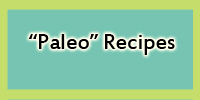
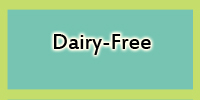
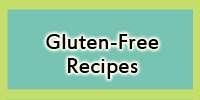

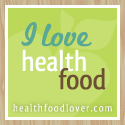






{ 2 trackbacks }